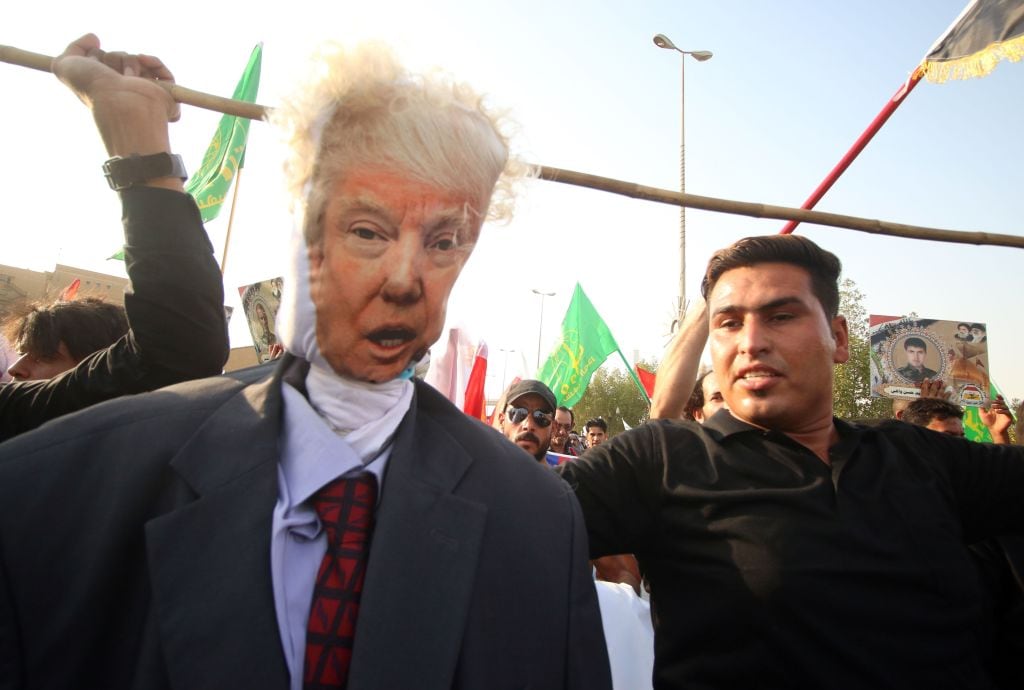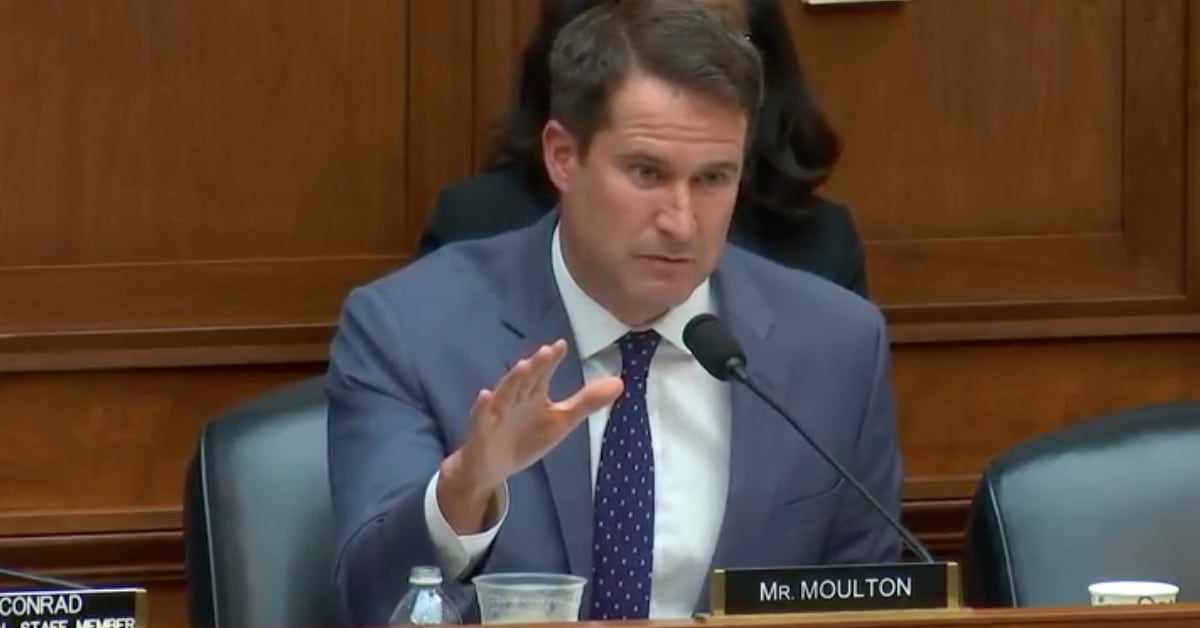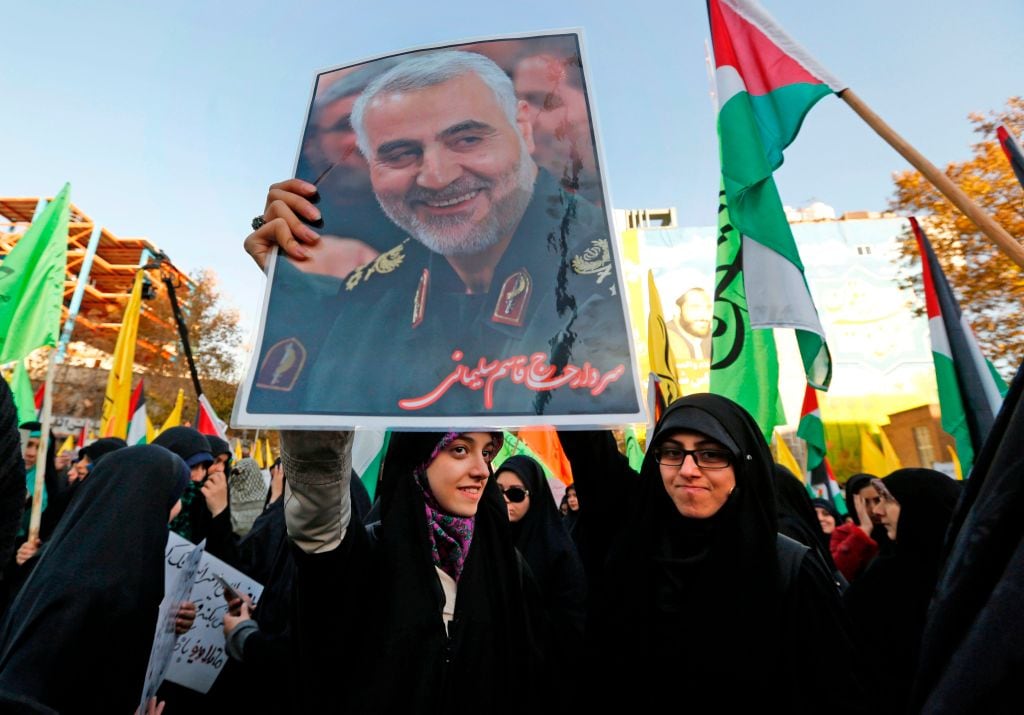Somewhere in Tehran, Qassem Soleimani is probably smiling. And looking at developments across the Middle East over the past month, it would be hard to blame the Islamic Revolutionary Guard Corps Qods Force commander for feeling cheerful.
In the Levant, Hizballah continues to acquire precision rockets despite Israeli interdiction efforts in Syria. There, President Bashar al-Assad—with the Iranian and Hizballah allies he still welcomes—is readying to retake the final opposition stronghold in Idlib Province.
In Iraq, Iran-backed Shia militia-cum-political parties are set to play central roles in the new Iraqi government, while more militant factions fired rockets at U.S. diplomatic facilities in Basra and Baghdad and have allegedly acquired ballistic missiles.
In Yemen, Houthi insurgents retain their hold on Sanaa and continue to launch increasingly accurate missiles into Saudi Arabia, while positioning anti-ship cruise missiles along the Red Sea and the strategic Bab al-Mandab strait.
Indeed, the view from Tehran looks pretty good. What Gen. Soleimani sees is not only growing strength and capabilities for each of Iran’s affiliates, but their evolution into regional actors able to unite with Iran against shared foes: the United States, Israel, and the Saudi-led Gulf coalition. How did this happen?
RELATED

Iran’s intervention into the wars in Syria, Iraq, and Yemen transformed the strength and scope of the axis of resistance—the decades-long partnership between, Iran, Hizballah and the Syrian regime—into a broader partnership that now includes powerful factions in Iraq and Yemen. And these groups are no longer simply Iranian proxies. Rather, they have become a collection of ideologically aligned, militarily interdependent, mature political-military actors committed to mutual defense.
In other words, the axis has evolved into an alliance, arrayed over multiple, non-contiguous fronts but centered on the concepts of collective security and extended deterrence, bolstered by expeditionary power. This evolution poses a direct threat to U.S. allies and interests in the Middle East – and means that U.S. strategists seeking to counter, or “rollback,” Iran and its partners must consider three realities on the ground:
First, the axis invested time, blood, and treasure into the region’s wars and now “own the ground.” Rolling back Iran and its allies—such as by degrading axis military architecture, empowering rivals, or negotiating Iran’s withdrawal—likely requires coercive diplomacy and/or military force.
Second, such force would need to be applied against increasingly strong and resilient non-state partners. Countering Iran’s influence requires a broad, regional strategy to contain and weaken the axis and tailored, local strategies to temper and degrade individual axes in their host countries
Third, and most importantly for U.S. defense planners, the axis commitment to mutual defense and geographic dispersion of capabilities means conflict in one theater could reverberate in another, escalating into regional war. For example, Israeli military action in Lebanon could trigger not only a Hizballah retaliation against Israel, but also against the United States if we are perceived as combatants. It also means retaliation could come against U.S. forces in Lebanon, elsewhere in the world where Hizballah or Qods Force have terrorist assets, or from Hizballah’s allies in Iraq and Yemen.
RELATED

Thus, the situation for Pentagon planners has become more complicated in recent years, requiring a fundamental shift in how the department looks at a potential Iran rollback. If Iranian action compels a U.S. response, DoD strategists and planners should be prepared to address the following unique, complex challenges of such a campaign:
Cross-command coordination: A regional war against Iran and its partners would likely span European Command (EUCOM) and Central Command (CENTCOM), complicating planning, resourcing, and command efforts. While EUCOM is charged with the defense of Israel and maritime operations from the Eastern Mediterranean, CENTCOM is responsible for the key Middle East battleground and the Arabian Gulf-to-Red Sea maritime theater. Ensuring COCOMs’ respective tasks, asset allotment, operational sequencing, and coordination mechanisms are established and delineated before a war kicks off will be critical in prosecuting it once it begins.
Managing the escalation ladder: The U.S. military will need to manage escalation or quickly achieve escalation dominance against both Iran and each of its partners. Planners need to consider U.S. responses to Iranian or partner aggression in particular theaters, and to Iran’s response to U.S. actions and whether it comes in the same or different theaters. Command authorities will then need to decide whether the U.S. objective is to prevent further escalation to all-out regional war, or to now prosecute and win such a war.
Alliance Management: Should the United States conduct a regional war with Israel and other allies and partners, campaign strategies and plans would need to be jointly conceived, resources and assets pooled and assigned, and command-and-control well integrated.
The evolution of the axis of resistance into an Iranian-led alliance calls for a fundamental shift in how the national security community conceptualizes Iran and its affiliated groups, and in how DoD plans and resources Middle East contingency scenarios. Addressing these issues now will be critical in deterring—and winning—a not-so-implausible regional war with Iran and its allies.
Brian Katz is a Visiting Fellow in the International Security Program at the Center for the Strategic and International Studies (CSIS) in Washington, D.C. For further analysis on the evolution of Iran’s regional strategy and non-state partnerships, see the CSIS publication, “Axis Rising,” from October 11, 2018.
Disclaimer: The author is an employee of the United States government, currently on leave from his employment. All statements of fact, opinion, or analysis in this work are those of the author and do not reflect an official position or views of the United States government.




